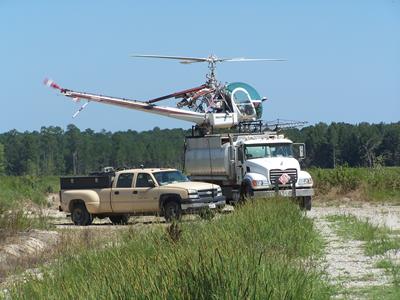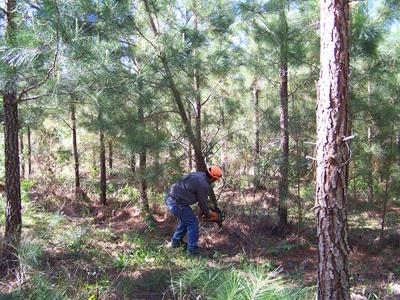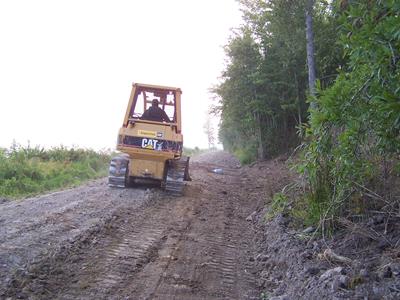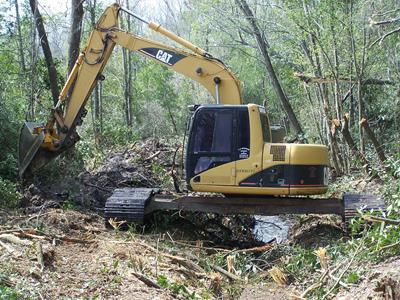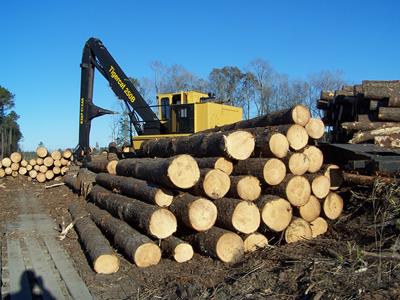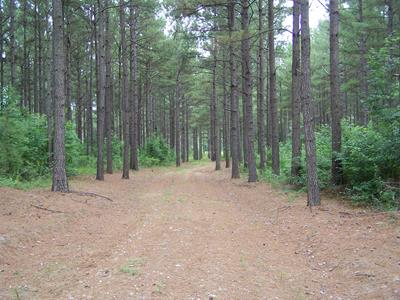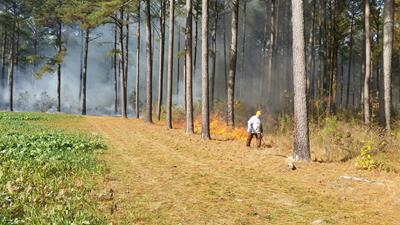Tenets of Forest Landowners
- Utilize a professional, registered forester
- Develop owner objectives
- Get a management plan
- Manage forest resources to accomplish objectives
- Practice good stewardship
- Enjoy the experience
- Know what you own
Landowner Objectives
- Goal Oriented
- Short and Long Term
- What do you want your forest to look like in 10 to 20 years?
A Forest is More than Just Trees
A forest is made up of many natural resources. Forests include trees and other plants, wildlife, water resources and soil. All of these are inter-related. Trees take a long time to grow so today’s decisions have long-term impacts on the forest. Get a plan and get professional help.
Elements of a Forest Management Plan
- Your goals and objectives - A well-written plan should begin with a statement of your specific interests and goals. Long-term (more than 10 years) goals are usually general. Short-term goals are targeted with specific practices and timetables.
- Map - Your plan should have a legible map and/or aerial photograph showing the location of the property and how the property can be accessed. Boundaries should be clearly marked and described. You can obtain aerial photographs from the North Carolina Center for Geographic Information and Analysis.
- Description - Each stand and distinct forest area, should be described and correctly marked on the property map and/or the aerial photograph. Essential information can include:
- soil types
- stand age
- average tree height;
- tree species;
- type(s) of water supply (e.g., ponds, creeks, ephemeral pools, etc.);
- site productivity;
- stocking (trees per acre);
- standing timber volume;
- topography, slope, and aspect;
- number of acres;
- range of tree diameters;
- tree condition and health;
- unique water quality or drainage;
- other unique features.
Prescribed forest management activities
The “real meat” of a forest management plan is applying your objectives and goals and creating a timetable of planned activities. Management activities can be included in the previous Description section, or they can be in a separate section linked to each timber stand. Typical prescribed activities include:
- Establishing and maintaining wildlife management practices;
- Installing and maintaining water quality protection practices (BMPs);
- Marking and maintaining property lines and corners;
- Road and trail design;
- Replanting (regeneration) practices;
- Enhancing the stand’s aesthetics, recreational use and diversity of plants and wildlife species.
- Protection, maintenance and modification
When preparing your plan, seek the assistance of a professional forester or resource specialist. Several key points about all plans:
- Plans are unique to each owner and forest.
- A plan outlines what to do.
- No plan is set in stone and can be modified at any time.
- Plans should be reviewed and updated at least every five years or as conditions change or the objectives of the owner(s) change.
- Record of Activities
A record of the activities performed should be kept. This will help owners remember when activities were performed so that you can better evaluate those practices. This can be included in the “Prescribed Forest Management Activities” section or attached as a separate section.
|
|
Planning Your Owner Objectives
- What are your goals?
- Clean Water
- Income
- Hunt/Fish
- Timber Production
- Firewood
- Soil Protection
- Reduced Tax Burden
- Protection from Development
What are your resource priorities in order of importance?
- Wildlife
- Water Protection
- Recreation
- Beauty (Aesthetics)
- Soil Protection
- Timber Production
- Other
What are your recreation and aesthetics goals?
- Hunting (type of game?)
- Horseback Riding
- Bike or hike on trails
- Camping
- Fishing
- Boating
- Promote specific trees/plants
- Park-like appearance
- Protect Historic/Unique Areas
- Allow others to use your forest (public/private?)
- Lease to tenants (hunting - fishing - farming?)
Which water quality protection actions would you undertake?
- Stabilize roads and trails as needed
- Plan and select BMPs before site disturbance
- Leave buffer strips next to streams and water bodies
- Re-vegetate bare roads and trails where erosion is likely
- Construct proper stream crossings as needed
- Swamp timber management
Which forest management approach appeals to you?
- Improve the forest’s health
- Provide periodic income
- Have recreation and timber
- Produce wildlife and timber
- Produce future timber income
- Have wildlife and healthy forests
- Have recreation and healthy forests
- Other
|
